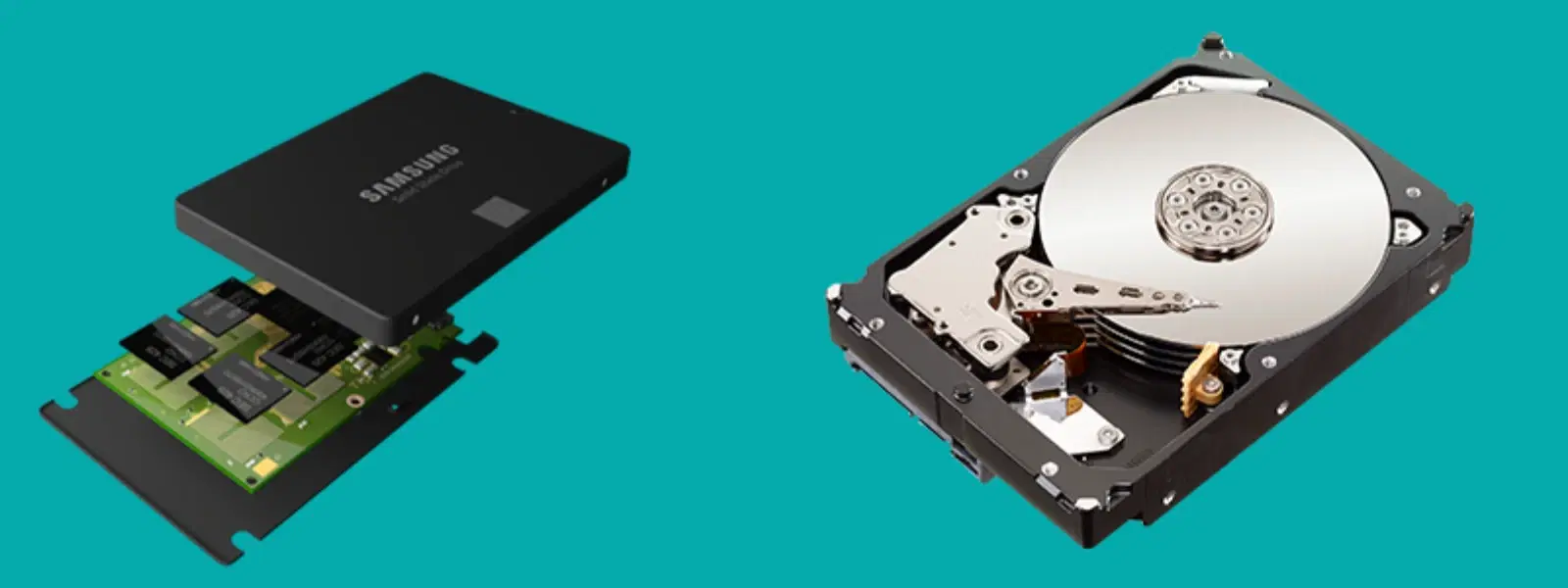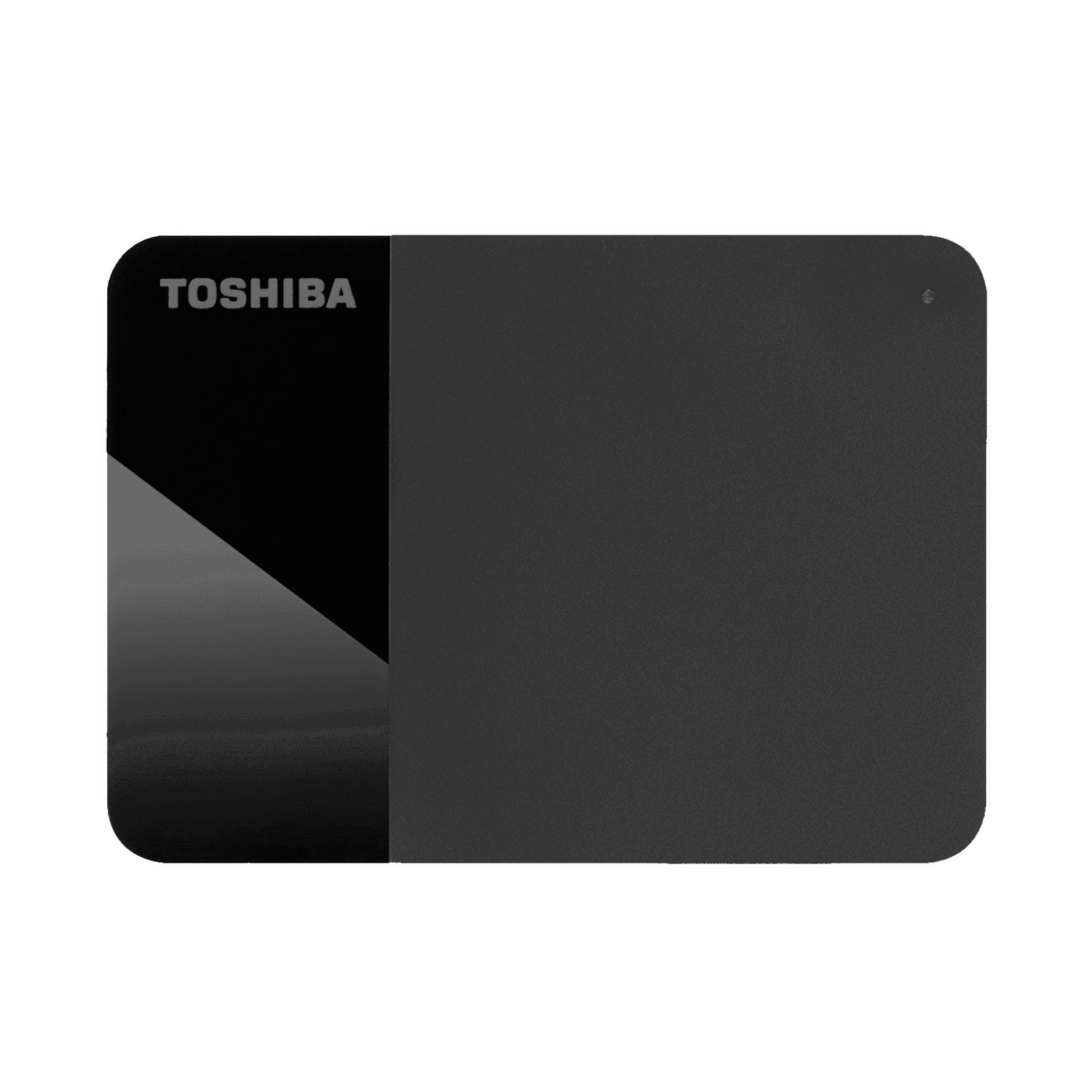
Consumer Electronics
•05 min read

Buy TOSHIBA Canvio Ready 1TB USB (3.0) Portable Hard Disk Drive (Plug-and-play Technology, Black) online at best prices from Croma. Check product details, reviews & more. Shop now!
In the world of storage, the battle between SSDs and HDDs has been ongoing for years. With the rapid evolution in technology, choosing the right storage for your needs can make all the difference in your daily computing experience, whether you are a gaming enthusiast, a busy professional, or simply looking to upgrade your home setup.
Solid State Drives (SSDs) use flash memory to store data, offering remarkable speed and performance. With no moving parts, SSDs deliver rapid boot times, lightning-fast file transfers, and an overall smoother computing experience. Their compact design means they are an attractive option for laptops and portable devices, addressing modern needs for speed and portability.
Hard Disk Drives (HDDs) have been a familiar sight in computers for decades. They rely on spinning magnetic disks and a read/write head to store and access data. While HDDs typically offer larger storage capacities and come at a more affordable price per GB, they do have moving parts, which can limit their speed and affect their durability over time.
When comparing solid state drives with traditional hard drives, the differences are clear. SSDs excel in speed and durability due to the lack of mechanical components, making them an ideal choice for rapid system boot-ups and overall responsiveness. In contrast, HDDs provide more storage space for the price, making them a popular choice for data storage when speed is less critical.
Speed is a major factor in choosing between an SSD and an HDD. SSDs offer significantly faster performance which is noticeable when booting up your operating system or launching applications. For example, while an HDD might take over 30 seconds to boot a system, an SSD can reduce this time to less than 10 seconds, ensuring you spend more time being productive and enjoying your entertainment. This speed advantage is why many customers on Tata Neu choose to upgrade their devices for a smoother experience.
Gaming has become so popular that every millisecond counts. With SSDs, load times are drastically reduced, allowing gamers to jump into action with minimal delays. Faster storage improves texture loading and overall game performance, providing an immersive experience. However, there are scenarios where HDDs are still considered, especially when it comes to storing large libraries of games where speed is not the primary concern.
Whether you love browsing the web, editing videos or simply multitasking on a daily basis, the performance difference remains significant. SSDs offer a refreshingly responsive experience during regular tasks compared to HDDs, making them a favourite amongst young professionals and tech enthusiasts. The difference in performance can lead to more efficient workflows and happier computing experiences.
When it comes to lifespan, both SSDs and HDDs have their unique characteristics. SSDs, despite having limited write cycles, benefit from advanced wear-leveling technology that extends their life considerably. In contrast, HDDs can eventually succumb to mechanical wear and tear due to their moving parts. Regardless, with proper care—such as ensuring good ventilation and regular backups—both types can offer years of reliable service.
Reliability is an essential criterion for any storage solution. SSDs are generally more reliable for everyday use because they lack mechanical components which can fail over time. They are less prone to shocks or accidental falls, making them a dependable choice for mobile devices and laptops. Conversely, HDDs might be suitable for data storage in environments where speed is not the prime focus but extended storage is necessary, though they may require more careful handling.
Insight Corner: Why SSD Longevity Is Often Misunderstood
Did you know? While SSDs have limited write cycles, modern advancements like wear-leveling technology have significantly extended their lifespan, making them reliable for everyday use.
SSDs offer a host of advantages that make them a popular choice. Their faster speeds lead to quicker data access and improved overall performance. They are more energy efficient, which can help save battery life in portable devices. Additionally, the lack of moving parts means there is minimal noise, and the compact design fits neatly within slim devices. These features resonate well with customers seeking a seamless and high-performing computing experience on platforms like Tata Neu.
No technology is without its drawbacks. SSDs generally come with a higher cost per gigabyte when compared with HDDs. Moreover, while modern technology has reduced concerns regarding write limits, the limited write cycles remain a factor to consider for heavy users. Nonetheless, the benefits often outweigh these limitations for many practical applications.
HDDs continue to be a competitive option due to their affordability and larger storage capacities. For users who require extensive data storage without the need for super-fast access, HDDs offer a comfortable solution. However, the slower speeds, potential noise, and vulnerability to mechanical failures are notable disadvantages that may affect performance and longevity, particularly in environments demanding high-speed data access.
Laptop users often lean towards SSDs thanks to their compact size, durability, and impressive speed improvements. A faster boot time and snappy performance make SSDs a natural choice for on-the-go computing. Although HDDs may still be seen in certain budget-friendly devices, many opt for SSDs to ensure a better experience.
Specific use cases may influence your decision. For gamers wanting an edge in speed, SSDs are excellent for reducing load times and keeping pace with demanding games, while still permitting HDDs to serve as mass storage solutions for games and media files. Professionals involved in video editing or graphic design can significantly benefit from the rapid data processing of SSDs. For general or budget-conscious users, considering both performance and storage needs can lead to a balanced hybrid setup.
Amid evolving technology, price remains an important factor. While SSDs represent a higher initial investment, the speed and enhanced reliability they offer often justify the cost for many users. HDDs, on the other hand, provide a more economical option, especially when expansive storage is a priority. Some users may even choose a combination of both—utilising an SSD for critical applications and an HDD for everyday data storage—allowing them to enjoy the best of both worlds.
SSD is better for speed, durability, and energy efficiency, while HDD is more cost-effective for large storage needs.
It depends on your needs. A 256GB SSD offers faster performance, while a 1TB HDD provides significantly more storage space.
SSDs are more expensive per GB and have limited write cycles, though modern technology has mitigated this issue.
HDDs generally last longer in terms of write cycles, but SSDs provide greater resilience through robust design and a lack of moving parts.
An SSD is better for gaming as it reduces load times and enhances overall performance, creating a more seamless experience.
In summary, the choice between SSDs and HDDs comes down to your unique needs and priorities. SSDs are celebrated for their speed, silent operation, and robust performance, making them an excellent option for gamers, professionals, and anyone in need of efficiency. Conversely, HDDs maintain an edge when it comes to providing large amounts of storage at a lower cost, suited to those who prioritise capacity over speed. By understanding the key differences and weighing the pros and cons, you can confidently select the storage device that aligns with your lifestyle, ensuring a seamless and smart shopping experience on Tata Neu.